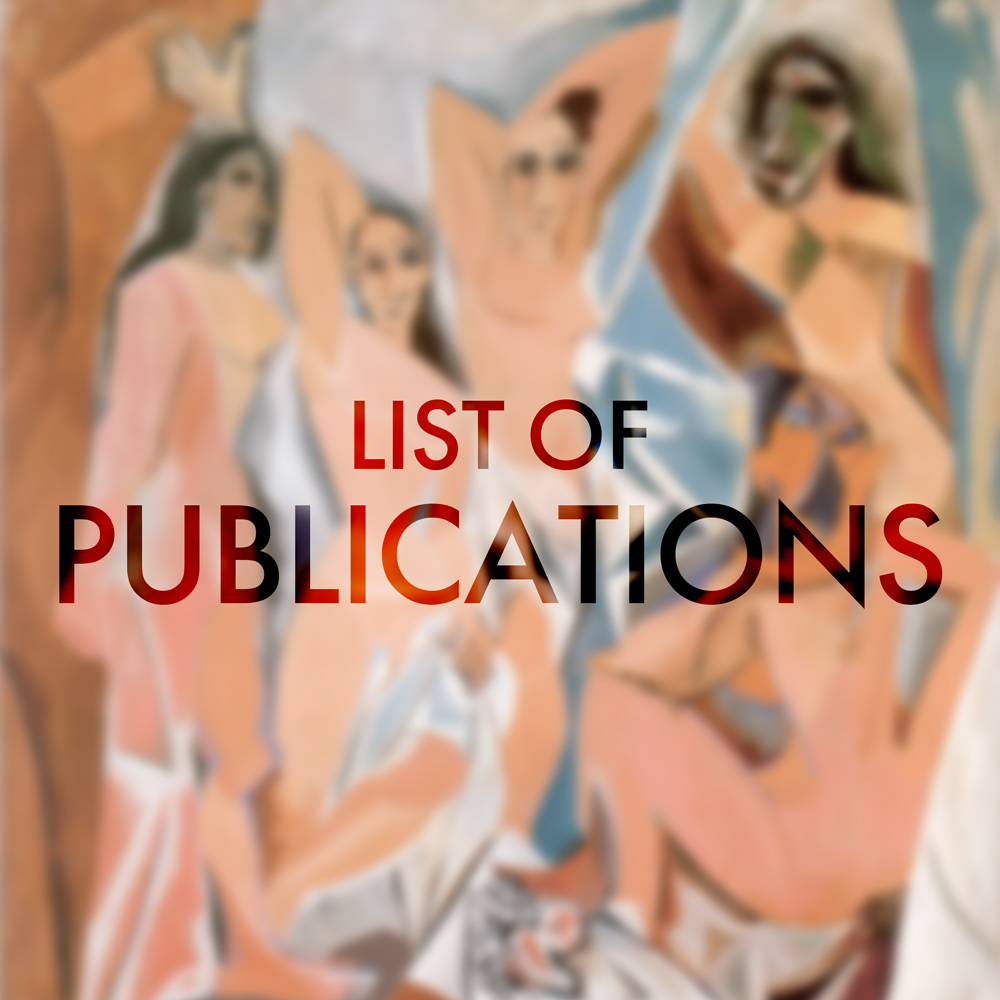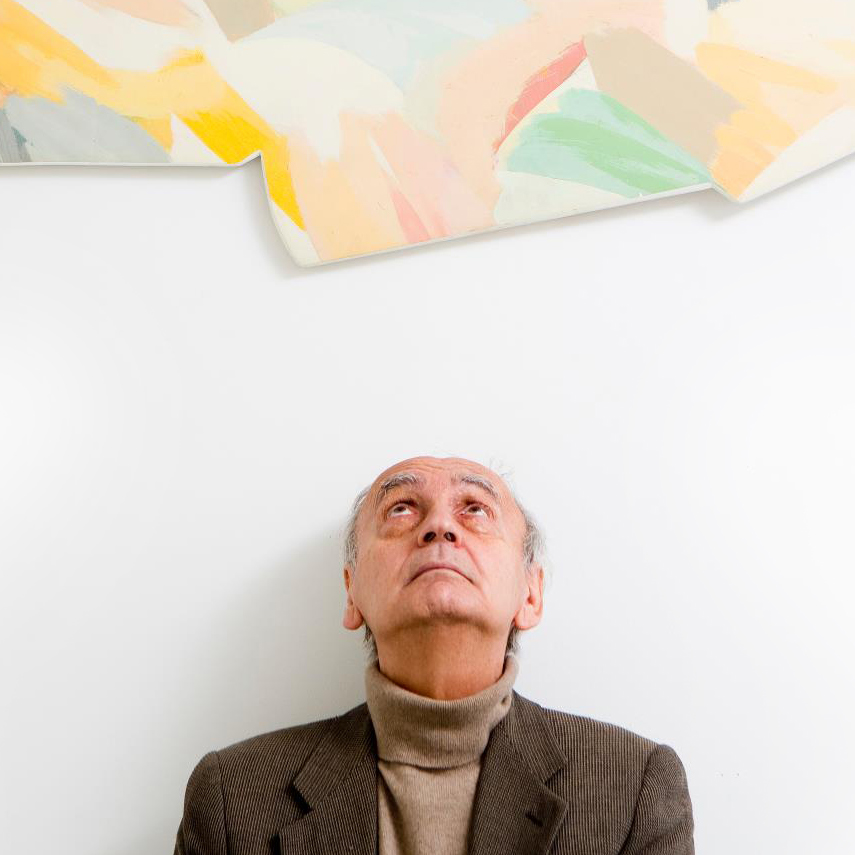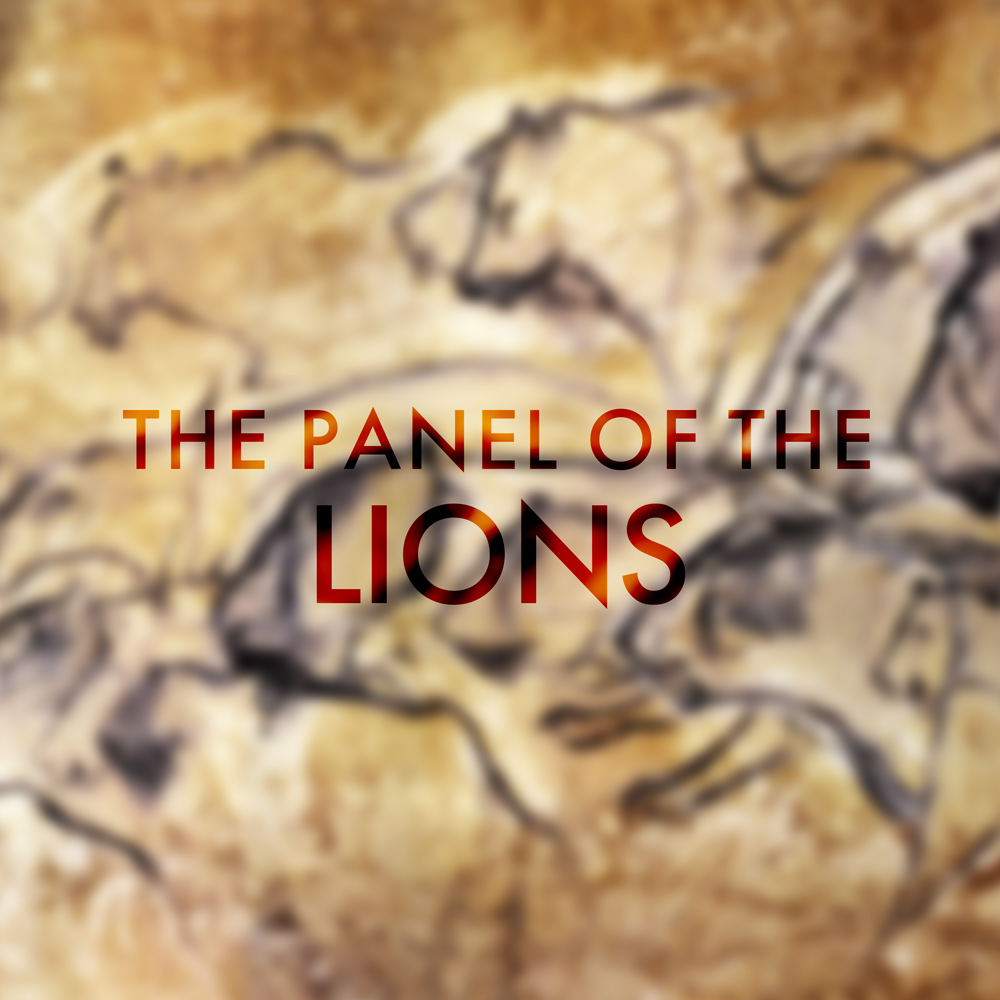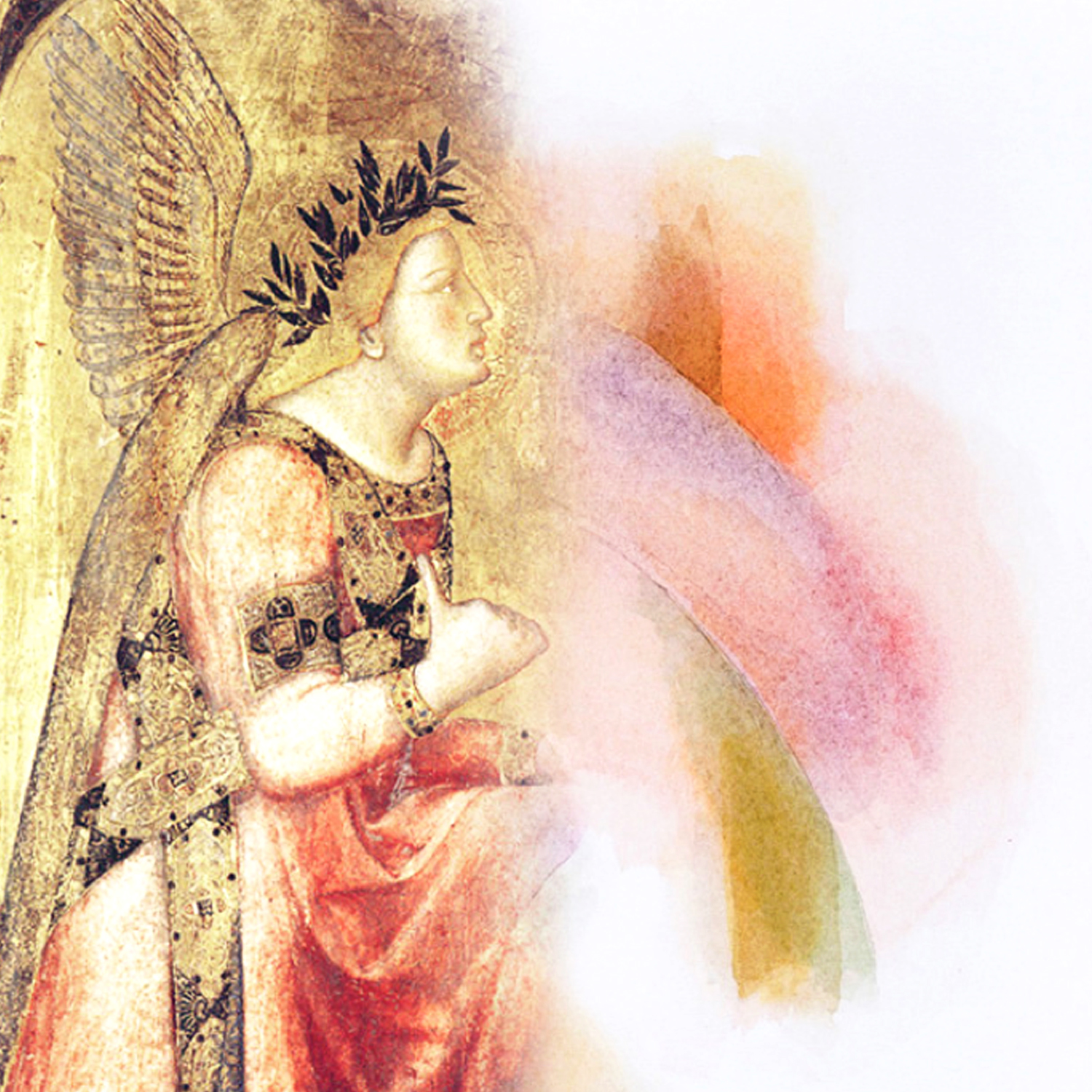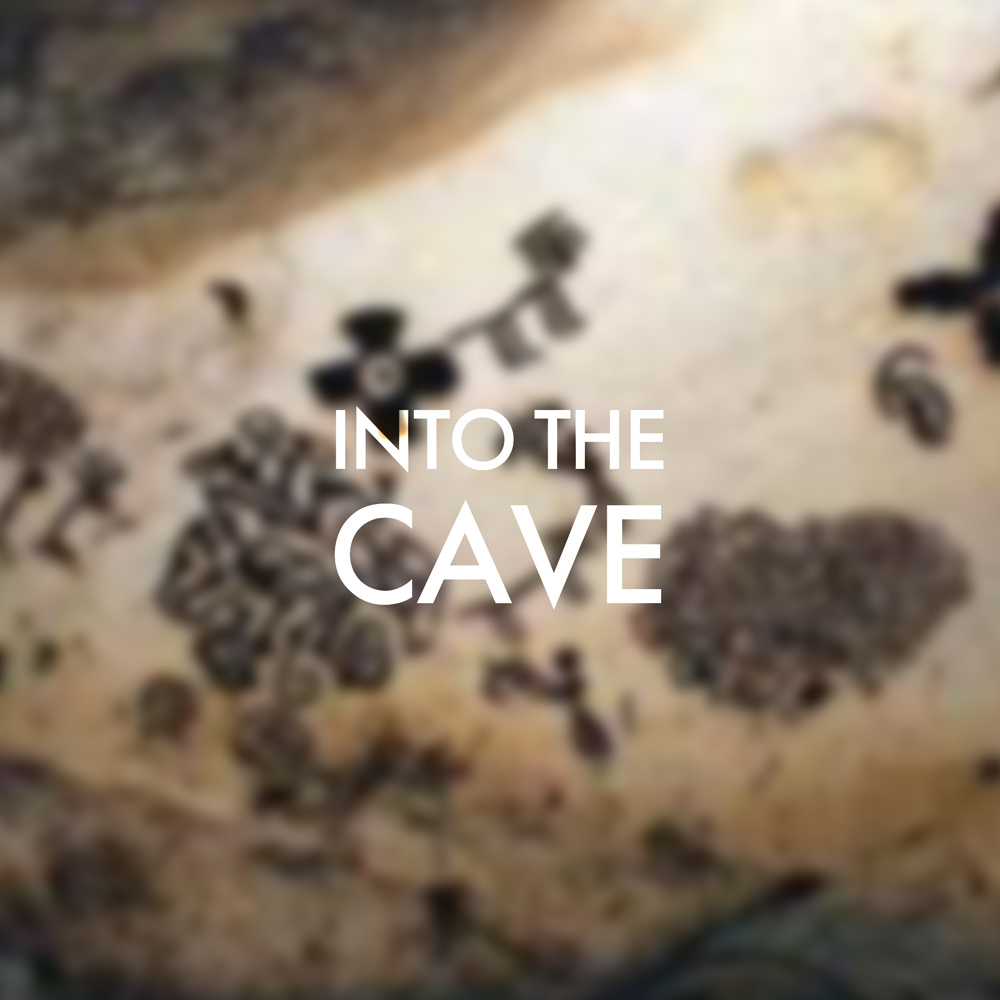Ambrogio Galbiati - Au de la de l'image (Video in French)
Movie presented at UNESCO, as part of the Philosophical Congress organised by INSISTANCE (Arts - Psychoanalysis - Politics) around the theme:
"Attesting to or detesting the Universal"
ENGLISH TRANSLATION
Movie presented at UNESCO, as part of the Philosophical Congress organised by INSISTANCE (Arts - Psychoanalysis - Politics) around the theme:
"Attesting to or detesting the Universal"
ENGLISH TRANSLATION
"I have been studying a prehistoric cave from the Neolithic, so around 6,000 years ago. The cave is located in the sought of Italy, near the city of Otranto, on the shores facing Greece.
In this cave, I first studied the positioning of painted signs in space.
Then, the relationship between those signs and the wall.
Last, at the very end of the cave, I noticed a sign that appeared to me as very important as it seemed to sum up the entire spatial approach for all preceding signs.
Then, the relationship between those signs and the wall.
Last, at the very end of the cave, I noticed a sign that appeared to me as very important as it seemed to sum up the entire spatial approach for all preceding signs.
So I studied the overall structure of the signs and did two observations:
► First, for the former inhabitants of this cave, the wall was perceived as passable, as if it was an imaginary territory.
► First, for the former inhabitants of this cave, the wall was perceived as passable, as if it was an imaginary territory.
►Then, while studying the structure of the last key sign of the cave, I noticed all the sides of its shape seemed to converge towards a single central point. This point appeared to be placed behind the cave wall or if I may say, beyond the sign.
This idea of a beyond was then shelved for thousands of years . The idea of an origin of the image was only brought back on stage 6 centuries ago with the idea of Perspective, the idea of something located beyond the image, a vanishing point meeting infinity.
From this point of view, the two concepts of space are quite similar. From prehistorical times to nowadays this idea crossed our mind for thousands of years and therefore appears to be universal.
Yet, there is a major difference: for the prehistoric man, this beyond imagery was an access point to an hereafter, to spirits and ancestors. Whereas with perspective, the beyond was a sheer geometrical field.
Today’s world is full of perspective. Yet, if we compare the vast complexity of what our ancestors passed on to us with modern perspectives, we can notice a phenomenal gap.
Today’s world is full of perspective. Yet, if we compare the vast complexity of what our ancestors passed on to us with modern perspectives, we can notice a phenomenal gap.
I believe we still have a long way to go if we want to catch up with the learnings from our past."
Ambrogio Galbiati
"J’ai fait une étude dans une grotte préhistorique, de l’époque du néolithique, il y a donc 6,000 ans. La grotte est située dans le sud de l’Italie, près de la ville d'Otrante et juste en face de la Grèce.
Dans cette grotte j’ai d’abord étudié l’organisation des signes dans l’espace.
Par la suite, la relation entre signes et paroi et enfin, au fond, tout au fond de la grotte, face à un signe qui me semblait très important car il semblait resumer du point de vue de sa conception spatiale tous les signes qui l’avaient précédés.
Par la suite, la relation entre signes et paroi et enfin, au fond, tout au fond de la grotte, face à un signe qui me semblait très important car il semblait resumer du point de vue de sa conception spatiale tous les signes qui l’avaient précédés.
J’en ai donc étudié la structure. De cette experience j’ai pu tirer deux constats.
► Le premier c’est que pour les hommes de cette époque, la paroi était perçue comme un élément franchissable, comme quelque chose d’imaginaire.
► Le premier c’est que pour les hommes de cette époque, la paroi était perçue comme un élément franchissable, comme quelque chose d’imaginaire.
► D’autre part, en étudiant la structure du signe je me suis aperçu que toutes les parties de cette forme convergeaient vers un point central qui semblait être placé derrière l’image, donc au-delà d’elle.
Cette idée d’un au-delà de l’image a été ensevelie pendant des millénaires. Ce n’est qu’il y a 6 siècles avec l’invention de la perspective qu’on a proposé à nouveau l’idée d’une origine de l’image, de quelque chose situé derrière elle: c’est le point de fuite, l’infini.
De ce point revue là, les deux concepts de l’espace sont semblables et en ce sens on peut dire que depuis la préhistoire, ce concept à traversé les millénaires pour en arriver jusqu’à nos jours, en ce sens donc ce concept est universel.
Mais il y a quand même une différence: pour les hommes de la préhistoire, l’au-delà de l’image correspondait au monde des esprits, des ancêtres, avec lequel ils pouvaient communiquer. Alors que dans le cas de la perspective, l’au-delà de l’image n’est qu’un lieu géométrique.
Nous vivons aujourd’hui dans un monde qui est en pleine perspective. Face à la complexité de ce qui nous avait été légué par nos ancêtres, on s’aperçoit que la difference avec la perspective est énorme. Je crois donc qu’il nous reste un long chemin à parcourir."
Ambrogio Galbiati
